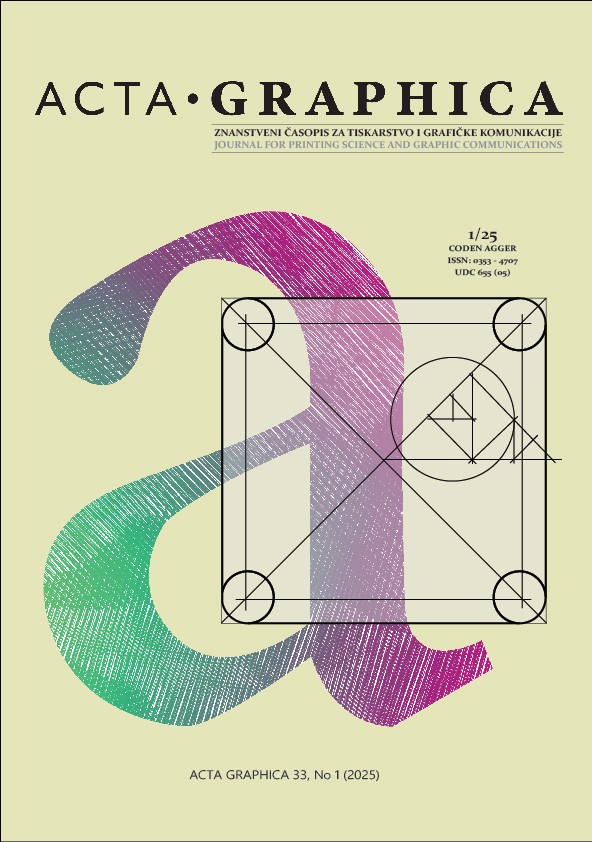Machine learning approach to predict the dot gain of flexographic prints
DOI:
https://doi.org/10.25027/agj2017.28.33.1.4Keywords:
flexography, dot gain, machine learning, python, linear regression, decision tree, random forest regressor.Abstract
The computational learning theory and dynamic programming approach of machine learning techniques made it astutely applicable to the various bids such as developing algorithms, understanding patterns, studying observations, forecasting data etc. The algorithms have the features to construct a framework of trained input dataset to deliver sensible and dynamic data driven predictions and judgements. These contrasting peculiarities of the machine learning techniques can be made useful with the various fields of printing technology in a revolutionized manner. Considering these aspects, this work is focussed on to integrating the machine learning possibilities with flexographic print quality evaluation. This paper established a machine learning algorithm in Python to evaluate the flexographic print quality as dot gain as the output response. The data analysis and performance evaluation are done using the supervised machine learning approaches such as linear regression, decision tree and random forest regression algorithms. The results show comparatively a better accuracy with random forest regressor technique with 93.02%. Moreover, the strategy to reduce execution time is put forth that involves using Python to implement the machine learning algorithms in this work.
Downloads
Published
Versions
- 2025-08-22 (2)
- 2025-03-31 (1)





